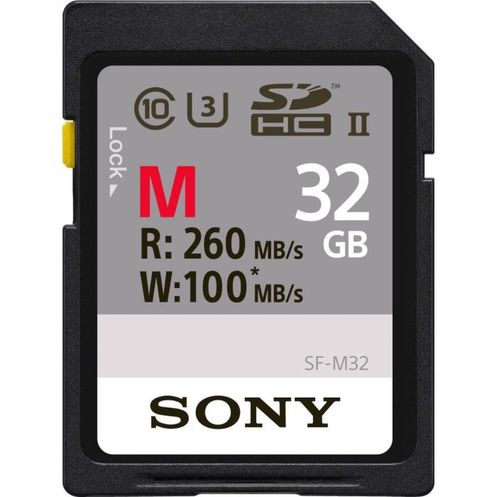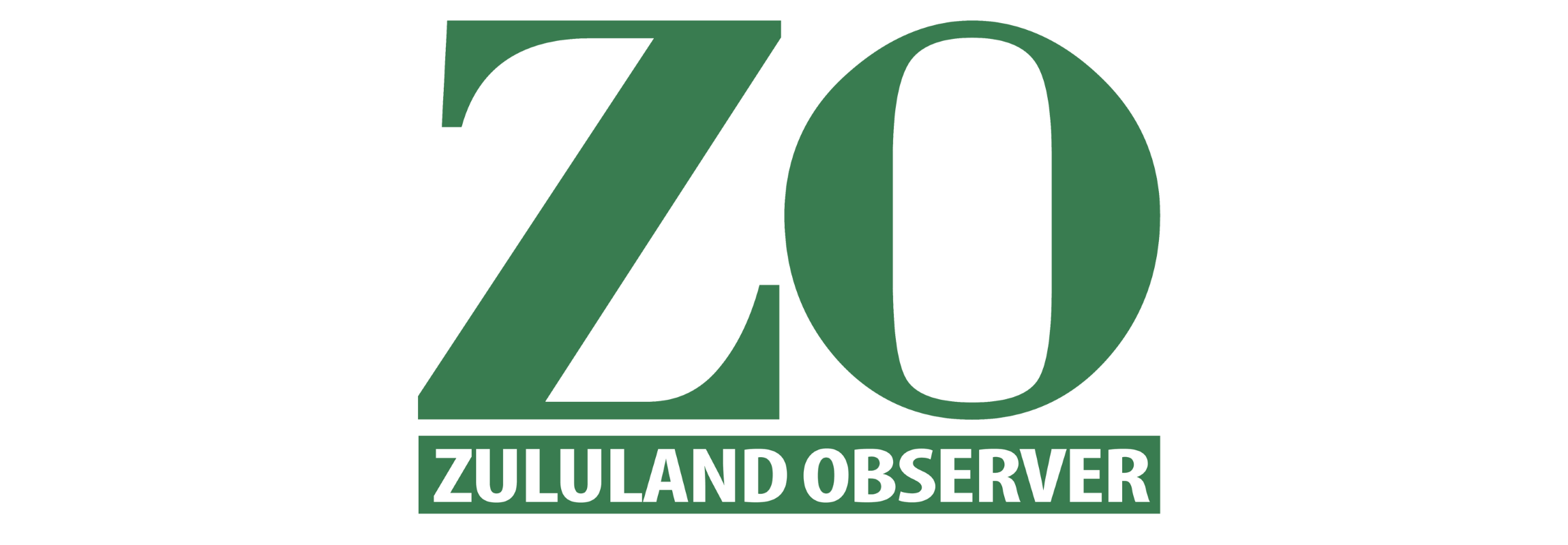What do those numbers on your camera’s memory card mean?
SD cards have become the popular norm, with CF deemed the 'faster' cards until the arrival of XQD, a newer, faster format

Camera memory cards come in three sizes – Secure Digital (SD), Compact Flash (CF) and XQD which is mostly used for high-end cameras and video recorders.
The two memory cards most used by photographers are SD and CF cards.
SD cards have become the popular norm, with CF deemed the ‘faster’ cards until the arrival of XQD, a newer, faster format.
SD Cards
SD cards come in three sizes, namely SD (capacity up to 2 gigabytes), SDHC (capacity from two to 32 gigabytes and a maximum file size of four bytes), and SDXC (capacities above 32 gigabytes and no limit to the size of file on the card).
Cameras and file formats may have limits.
Class ratings
SD cards are available in six different speed classes, from slowest to fastest – Class 2, 4, 6, 10, U1, and U3.
U1 and U3 cards are compatible with the UHS transfer bus used in newer devices, so you will often see a card rated with both U1 and Class 10.
When used on a standard high-speed data bus, the card will perform at Class 10 speed and when used on a UHS bus, it will perform at U1 speed.

Class 2
These cards are the slowest class currently available and are best suited for consumer-level point-and-shoot cameras, audio recording, and low-resolution SD video recording.
Class 4 and 6
The ‘middle of the road’ format in terms of speed, these cards will work well with shooting jpeg files and some very light HD video recording at 720p.
Class 10 and U1
These cards are capable of recording at up to 10 MBs, so they are well suited for professional level still camera shooting of RAW photos and HD video recording at up to 1080p.
This is a great speed for a balance between compatibility with your current equipment and future usage as well.
U3
These cards are overkill for most uses, but are absolutely crucial if shooting 4K video.
4K video files are large and require cards with a high sustainable speed to be able to write them properly.
U3 cards are more expensive than the slower speeds, but if you need them, you really should not risk using slower cards.

Maximum read speed
This is the maximum read speed of the card usually given in megabytes per second (MB/s).
Cards are rarely able to sustain these speeds for long periods of time.
CF Cards
UDMA rating
The UDMA rating determines the maximum bus speed at which a card can read, assuming the memory in the card is fast enough to match it.
UDMA 1 supports speeds up to 16.7 MB/s. UDMA 7 is ten times that speed, maxing out at 167 MB/s.
Capacity
CF cards range from 2GB to 512GB. Pick a card that can hold everything you need for a prolonged shoot.
An advantage is that you will not be misplacing these chunky memory cards easily.
X ratings
An example is that 400x means 400 times faster than the old first CD players which were 150 KB/second (60 MB/second).
This is read speed; write speed will be slower.
For cards above 200x a USB 3.0 port will be required to take full advantage of its read speed.
XQD cards
These cards are much faster.
The XQD card is a memory card format primarily developed for flash memory cards.
It uses PCI Express as a data transfer interface.
The format is targeted at high-definition camcorders and high-resolution digital cameras.
Note that regardless of fast card speed, a USB 2.0 port is limited to about 30 MB/second.
The direct port in most camera bodies is USB 2.0 (Nikon D800 is USB 3.0) so any fast card will need a USB 3.0 card reader to realise its benefit.
So how fast a card do we actually need?
Video use does not need so much write speed.
Minutes of file might be large, but the camera has the full record time to write it.
For photographs there is a single shot mode and continuous burst mode.
There are large Raw files and smaller JPG files which all affects the speed.
For JPG images, a 24 megapixel image file might be 12MB.
If you shoot one JPG each second, that is only 12MB per second needed for card speed, but if you shoot continuous five frames per second, that is 60 MB/second.
Raw files are larger – as much as 24 megapixels.
Five fps then becomes 110 MB/second, or 175 MB/sec.
SD and CF cards are not that fast for continuous large raw files.
HAVE YOUR SAY
Like our Facebook page and follow us on Twitter
For news straight to your phone invite us:
WhatsApp – 072 069 4169
Instagram – zululand_observer

